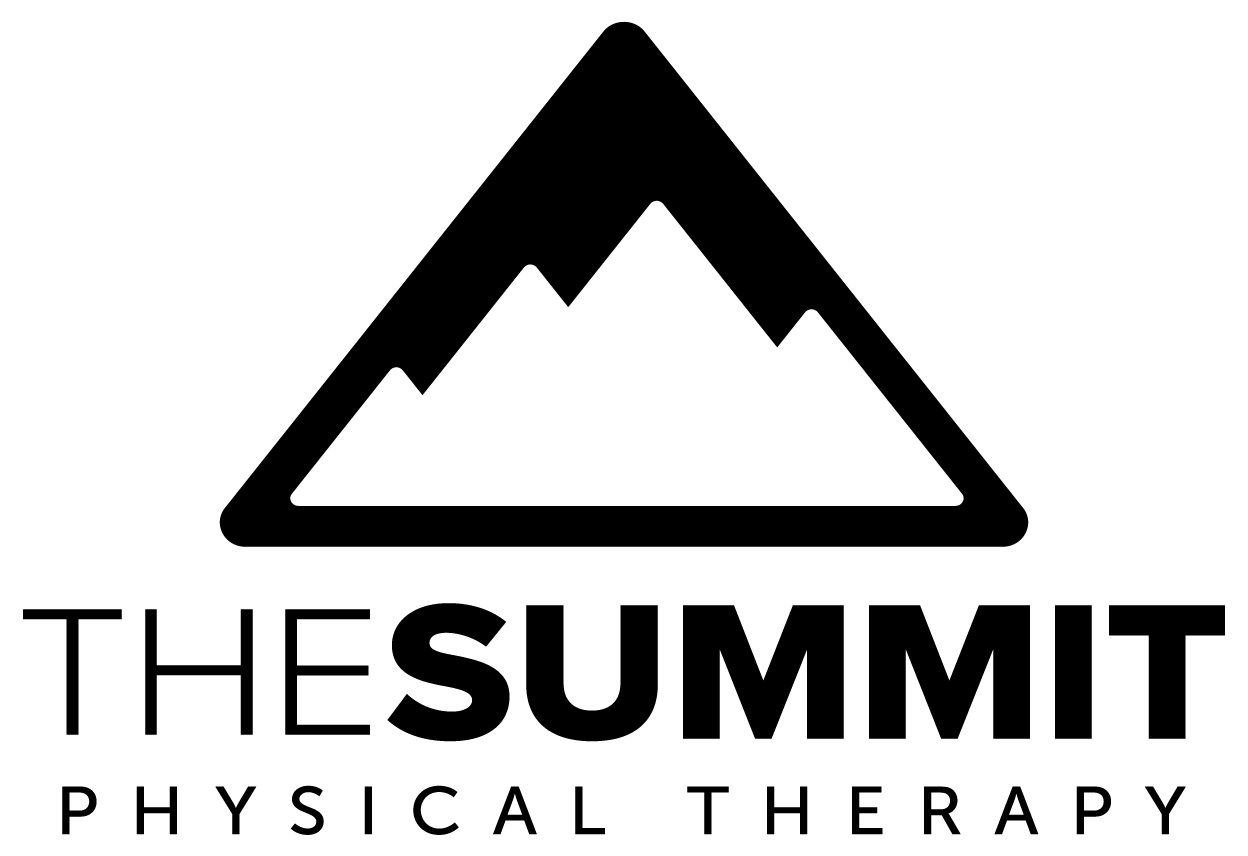Are you experiencing neck pain or dysfunction?
-
Physical therapy is a non-invasive and effective approach to treating neck pain.
-
Here are some benefits of physical therapy for neck pain:
-
Pain relief: Physical therapy can help reduce neck pain through various techniques such as manual therapy, therapeutic exercises, and modalities like heat or cold therapy. These interventions can target the underlying cause of the pain and promote healing.
-
Improved range of motion: Neck injuries or conditions can lead to restricted movement. Physical therapy employs stretching and strengthening exercises, joint mobilization, and posture correction to enhance the range of motion in the neck, enabling better flexibility and functionality.
-
Muscle strength and stability: Physical therapists prescribe exercises to strengthen the muscles surrounding the neck, including the shoulders, upper back, and core muscles. Increased strength and stability in these areas can alleviate strain on the neck and support proper alignment.
-
Posture correction: Poor posture can contribute to neck pain and dysfunction. Physical therapy focuses on correcting posture and body mechanics to alleviate stress on the neck. Therapists provide education, ergonomic advice, and exercises to encourage optimal posture during daily activities.
-
Injury prevention: Physical therapists assess biomechanical imbalances and identify risk factors that may lead to neck injuries or pain. They provide education and training on proper body mechanics, ergonomics, and exercises to help prevent future injuries and maintain a healthy neck.
-
Rehabilitation after surgery or injury: Physical therapy plays a crucial role in post-operative or post-injury rehabilitation for the neck. Therapists design individualized treatment plans to aid in the recovery process, restore function, and promote healing, often working in conjunction with other healthcare professionals.
-
Stress and tension relief: Physical therapy may include relaxation techniques, such as manual therapy, massage, or therapeutic exercises, to alleviate stress and tension in the neck muscles. These techniques can enhance relaxation, improve blood circulation, and promote overall well-being.
-
Patient education and self-management: Physical therapists educate patients about their condition, anatomy, and strategies for self-management. They teach techniques for pain management, home exercises, and ergonomics, empowering patients to take an active role in their own recovery and long-term neck health.
-
Here is a partial list of conditions we treat:
-
Whiplash
-
Acute Pain
-
Sprains/Strains
-
Chronic neck pain
-
Arthritis (spondylosis)
-
Post Surgical Fusion
-
Degenerative Disc Disease
-
Pinched Nerves (Radiculopathy)






